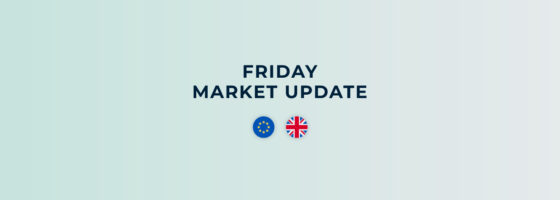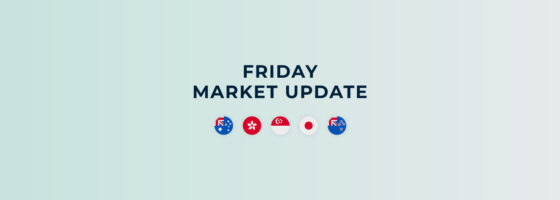Written by George Vessey & Boris Kovacevic
Pound pressured before inflation test
GBP/USD has dropped nearly 6% since its 2023 high of $1.3144 in July. At the same time, investor expectations for the Bank of England’s (BoE) peak Bank Rate have been slashed from 6.5% to 5.5%. There’s even a chance the BoE might choose to pause this Thursday, which is weighing on sterling.
The BoE has made it clear that it thinks keeping rates elevated for a long period of time is now more important than how high they peak. Therefore, the UK central bank might opt for a Fed-style strategy, whereby it pauses this month but firmly hints that it could hike again in November. This would draw out the tightening cycle and keep the near-term discussion more about how many hikes are left as opposed to toying with the timing of rate cuts. Although a BoE pause is not our base case given wage growth remains so strong and services inflation sticky, such a move cannot be ruled out. This would likely create the biggest reaction in the pound too as markets are pricing just a 20% chance of it happening. The reaction would likely be negative enough to drag GBP/USD under $1.23 and GBP/EUR to €1.15, though this also depends on the pound’s reaction to the UK inflation report tomorrow.
Usually, a beat of inflation expectations would be supportive of the pound and a miss unsupportive. However, in the current environment, even a hawkish inflation surprise could prove to be detrimental as fears of UK stagflation swell.

Hawkish hold to support dollar?
The US dollar remains not too far from a 6-month peak against a basket of currencies as a plethora of key central bank decisions loom over the next few days. Money markets expect the US Federal Reserve (Fed) to keep interest rates unchanged on Wednesday, though focus will be on the central bank’s forward guidance.
With the market fully pricing in a hold, investors will be looking for any hints that the Fed may be leaning towards another hike by year end or that a more persistent pause is in order. A hawkish hold, hinting at another hike, as well as upwardly revised economic and rate projections will likely boost dollar demand. A big dovish revision of the 2023 dot plot seems unlikely given the evidence of US economic resilience since the last projections in June. Therefore, any dollar weakness in the near-term may be short-lived until we see more US economic data start to disappoint.
On the data front, the NAHB housing market index declined for a second month to 45 in September, meaning homebuilder sentiment is at a 5-month low as high mortgage rates choke consumer demand and builder confidence. Today, the US calendar includes housing starts and building permit figures for the month of August, which are unlikely to impact markets.

ECB struggling to communicate its message
The euro appreciated for a second consecutive day, but gains have been limited with investors careful to place large bets before the central bank bonanza later this week. The European Central Bank (ECB) is currently struggling to communicate its monetary policy with economic activity and inflation pointing to different directions. An internal report published by Reuters last week gave away the ECB’s intention of increasing interest rates two days before the actual meeting. Another ECB source told Reuters yesterday that the Governing Council is discussing how to tackle its multi trillion-dollar balance sheet.
While markets and the majority of European policymakers see the tightening cycle as being done, some Governing Council members have already started being vocal about the necessity of interest rates remaining at elevated levels for quite some time. The euro has not been very reactive to ECB speak given the slowdown of both inflation and economic growth in the Eurozone. Germany’s economy has most likely shrunk again in the three months to September, which would constitute the fourth consecutive quarter without growth.
The euro is fighting to secure its first weekly appreciation in ten against the USD. However, with the Fed likely to shun away from calling the top on rates, EUR/USD will remain under pressure. The currency pair has remained below $1.08 for four weeks now and is currently trading at $1.0680. EUR/JPY at the other side is trading sideways at 157.00¥ near its 15-year high.

CAD surges over 1% in a week
Table: 7-day currency trends and trading ranges

Key global risk events
Calendar: September 18-22

Have a question? [email protected]
*The FX rates published are provided by Convera’s Market Insights team for research purposes only. The rates have a unique source and may not align to any live exchange rates quoted on other sites. They are not an indication of actual buy/sell rates, or a financial offer.



